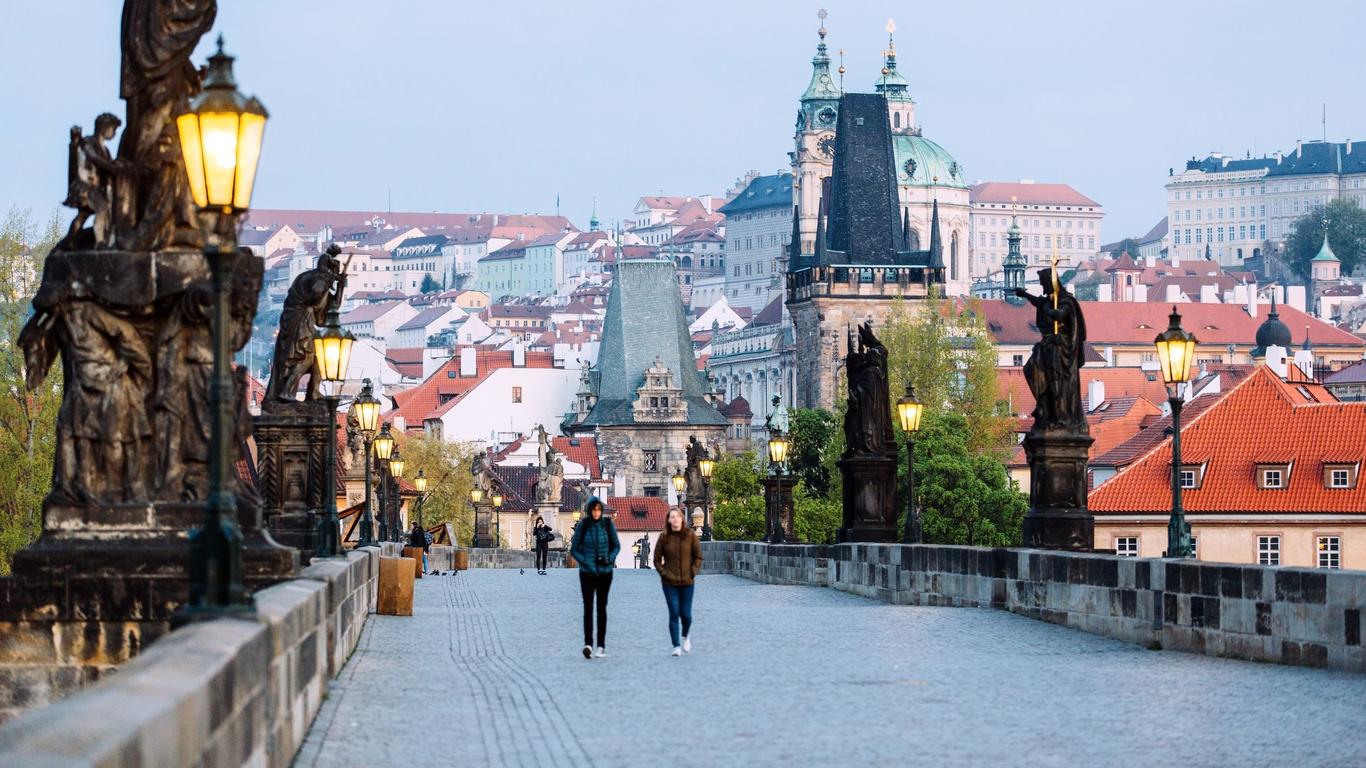Stretching over the River Vltava, Charles Bridge is one of the most defining features of Prague. A historic landmark dating back to the 14th century and dominating the city’s impressive collection of bridges, Charles Bridge is over 621 metres and connects the Old Town with Prague Castle in a magnificent way. Lined by statues and often filled with musicians, artists, and entertainers, the bridge more than just a walkway. It is a cultural hub of the city and the best location to watch a stunning sunset and the life and movement of the local culture.
The key attraction of Charles Bridge, other than the enticing atmosphere, is the 30 statues along the sides of baroque style from the 17th century, with various saints, many of which the most prestigious Bohemian artists of the time sculpted. The most famous is the statue of St John of Nepomuk, who was martyred and executed by being thrown off the bridge. Touching his figure is a supposed source of good luck, and indeed the plaque has become well-polished by the thousands of hands which have touched it. At either end of the bridge, two towers mark the separate areas of the city where tourists can climb for stunning city views. Any local can reveal that the best times to visit Charles Bridge are early in the morning to catch the sunrise, or in the evening when Prague is illuminated by the light of the setting sun.
Charles Bridge can be accessed via the Malostranskénáměstí tram stop, which is on several tram lines, or via Karlovy lázně tram stop, with Staroměstskáas the nearest metro station. All of these are only a short walk from the bridge itself, but as it lies in the centre of town, Charles Bridge can be easily reached by foot, especially if visitors have just gone to the Castle or the Old Town.
Charles Bridge was constructed when the original Judith Bridge was washed away in a flood. Charles IV then asked the same architect who designed Prague’s St Vitus Cathedral to replace it. It was finished in 1390, but was called the Stone Bridge and only became known by its present name in the 19th century. It has survived since, despite flood damage, with locals claiming that egg whites were mixed into the mortar, making the bridge tough enough to withstand mother nature.





